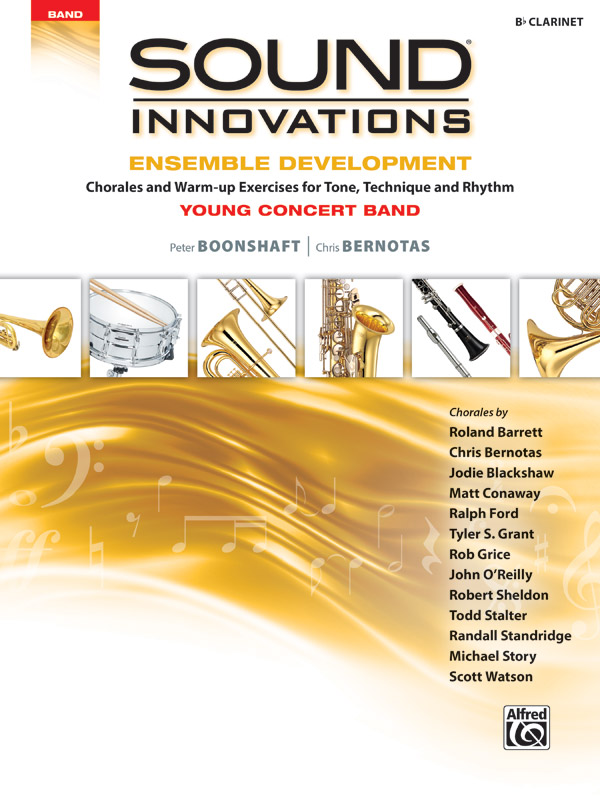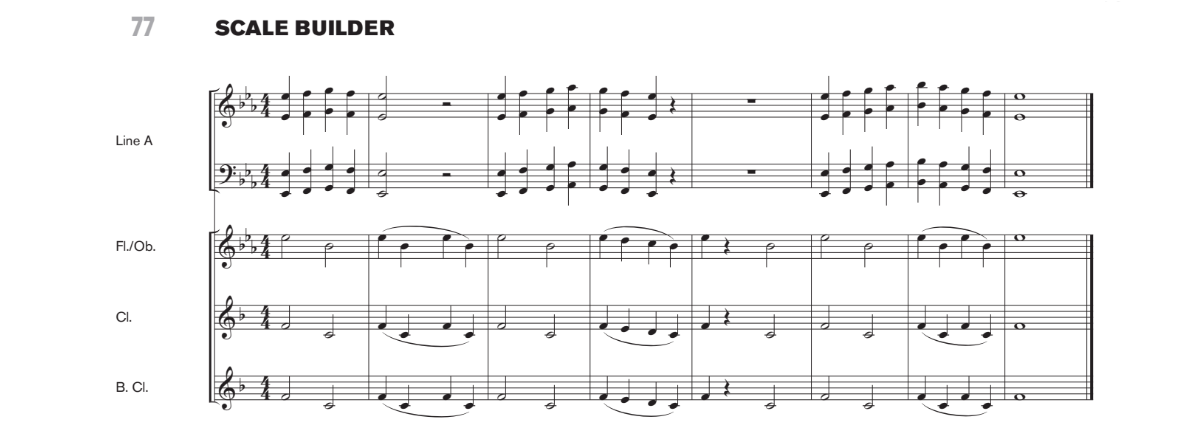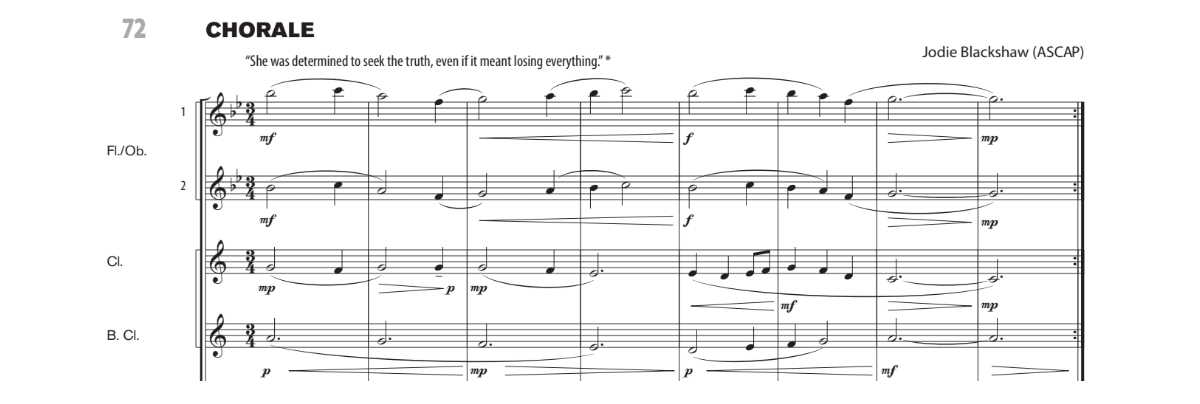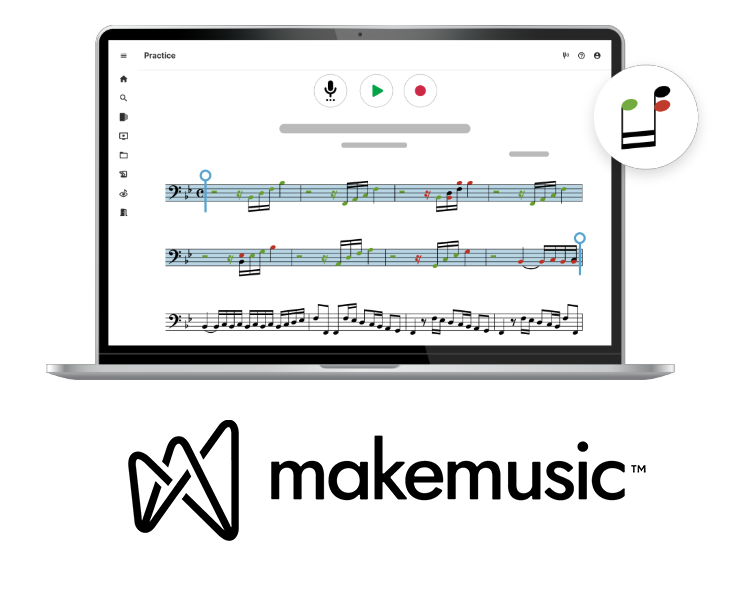
Sound Innovations Ensemble Development for Young Concert Band
By Peter Boonshaft and Chris Bernotas
Prepare your beginning band students to be ready for any scenario in their repertoire by breaking down each ensemble concept with 167 exercises, including more than 100 chorales, providing you with plenty of source material for teaching students to listen, evaluate, and adjust.
The compositions were written by: Roland Barrett • Chris Bernotas • Jodie Blackshaw • Matt Conaway • Ralph Ford • Tyler S. Grant • Rob Grice • John O'Reilly • Robert Sheldon • Todd Stalter • Randall Standridge • Michael Story • and Scott Watson.
Shop NowYoung Band Level
Written specifically for young band, the exercises are grades ½–1½, and cover the key signatures and time signatures used in grade ½–1½ performance literature.
- Key signatures included (in this order): concert B-flat major, G minor, E-flat major, C minor, F major, and D minor.
- Time signatures included: 2/4, 3/4, and 4/4.
- The instrumentation includes combined books for: flute/oboe, and trombone/baritone/bassoon/string bass.
- Percussion books include: timpani/auxilary, snare/bass drum, and mallets.
Benefits
Improve your students ensemble skills as they learn how to balance and to create a rich, full sound. Sound Innovations: Ensemble Development for Young Band exercises start at the grade ½, 1, and 1½ levels grouped by key signature. By spending even a few minutes of each rehearsal with these exercises, your students will learn to apply critical listening skills—tone, tuning, technique, balance, rhythm, dynamics, articulation, and expression—to their music. Percussion is included in every exercise and chorale, keeping your back row engaged.
Differentiation
Address the need for differentiation of instruction for students at various beginning band levels with these features:
- Percussion parts often indicate rolls that are optional for the less advanced players.
- Optional advanced snare drum parts challenge the more experienced students.
- When extreme instrument ranges occur or when clarinet parts go over the break, alternate pitches are provided.
Exercise Types
- Long tones
- Passing the tonic
- Pitch matching
- Scale builders
- Interval builders
- Expanding intervals
- Chord builders
- Moving chord tones
- Diatonic harmony
- Rhythmic subdivision
- 5-Note scales
- Scale canons (5-, 6-, or 8-note scales)
- Scale chorales (5-, 6-, and 8-note scales)
- Chorales
Sample Exercises
With 167 exercises , you'll have a large variety of material to rotate through for every rehearsal.


Chorales & Scale Chorales
Scale chorals are harmonized 5-, 6-, or 8-note scale chorales that feature two lines for every student part: the scale, and their part in the chorale. A variety of chorales, written by some of the most renowned composers of music for young band, provide opportunities for students to develop the essential skills of tone production, blend, balance, intonation, phrasing, dynamics, articulation, style, and musical expression.


Rhythm Resources
Different rhythm exercises are designed to help students understand and internalize rhythmic subdivision.


Reproducible Resources

MakeMusic Cloud
Provide opportunities for deliberate practice with MakeMusic Cloud (SmartMusic)! Students can play along with professional accompaniments and receive real-time feedback in the form of red, green, or yellow notes. Teachers can monitor student progress through custom assignments and practice analytics.
Open Ensemble Development in MakeMusic Cloud
